This is a ‘quick and dirty’ note in regards of questions about a few photos that emerged from Iran, this morning.
Correspondingly, people guess that the missile discovered and visible on takes like these:
…is one of (US Navy-operated) Standard SM-3 Block I B anti-ballistic missiles (or similar, US-operated and deployed weapons):
To make sure: yes, stuff like the Standard SM-3 is primarily operated by US Navy warships. See: Ticonderoga-class guided missile cruisers, and Arleigh Burke-class guided missile destroyers, as currently underway in the Red Sea, the Gulf of Aden, the Gulf of Oman, perhaps even in the Persian Gulf…
***
Um… sorry, but I do not think the wreckage in question is that of US-operated Standards. To me, a missile with this kind of a body/aerodynamic configuration, and found in Iran, is ‘little else’ but either Talash or Sayyad.
Wha’z dad?
Where shall I start… ah yes: with the beginning.
As one can read in the book Iran-Iraq Naval War, Volume 1 (all provided anybody there is still making his/her fingers ‘dirty with such stuff’, of course), back in the late 1960s, Iran acquired the former HMS Sluys (D60) - a gun destroyer of the Royal Navy, constructed during the Second World War. While the same was then subjected to a major rebuild (in the UK), and then another (in South Africa), it was equipped with Mk.32 launchers for US-made RIM-66 Standard SM-1MR surface-to-air missiles (SAMs).
Thus began the story of the Iranian love for ‘Standards’ (which is kind of resembling certain other ‘love story’ for a specific type of weapons system from somewhere else, which I’m going to tell at some other point in time…but has resulted in the title of this feature).
Re-named Artemiz, the destroyer in question entered service on time to take part in the Iranian operation to secure the Tunb Islands, on 30 November 1971. Moreover, by then, Iran also acquired two destroyers of the Allen M. Sumner-class. These were already rebuilt and modernised to the FRAM II-standard, but then further upgraded through the installation of four Mk.32 launchers for RIM-66s. In Iran, they were named Palang and Badr. To equip these three destroyers suitably, Iran also acquired two batches of US-made SAMs: 16 RIM-66B in 1974, followed by 128 RIM-66Bs in 1976-1978.
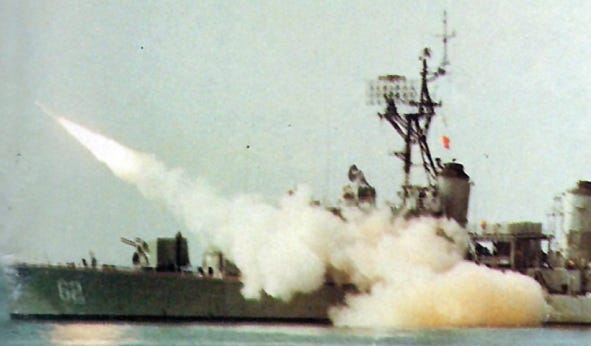
…and then, decades passed before anybody has ever heard of Iranian Standards again.
In between – so in around 1984 – the IRIAF took over a few of RIM-66s from the Iranian Navy, and attempted fitting them to its F-4E Phantom IIs, for deployment as semi-active radar homing anti-ship missiles. That was a great idea, but didn’t really work. Two years later, and in reaction to strikes by Iraqi MiG-25RB supersonic reconnaissance-bombers on Tehran and many other cities, the IRIAF also mated a few RIM-66s to its MIM-23B I-HAWK SAMs:
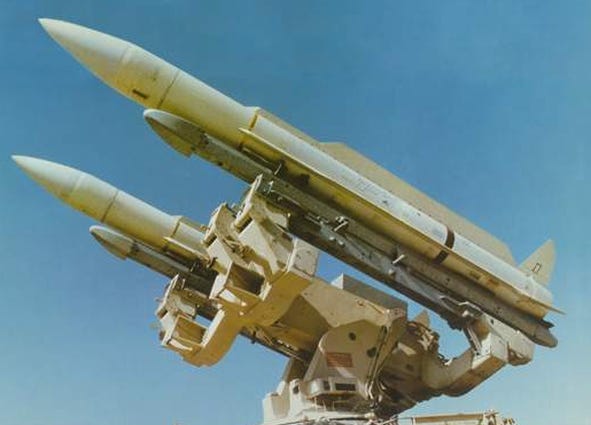
…and then, another few decades passed before anything was heard about Iranian Standards again. So much so, all the three destroyers originally equipped with them were meanwhile decommissioned.
Back in around 2008-2010, news and then photos began to appear essentially telling the story I’ve summarised in the feature about the Two Iranian Air Defence Systems (I do have to re-post the link to that feature, again and again, don’t I? Who can say: perhaps it might be an interesting read, after all…).
Essentially (this is really a ‘much compressed version’), the Iranians requested the Chinese to help them overhaul and upgrade surviving RIM-66Bs. The Chinese put them in touch with the 14th Institute of China Electronic Technology Group Corporation (THE core of the Chinese military electronics industry). The CETGC then helped the Iranian Electronic Industries undertake the work at home.
Moreover, the 14th Institude then developed a stretched-version of the RIM-66B, and an entirely new fire-control system, resulting in the emergence of the Talash SAM-system. This is including:
Sayyad-2M missile (a ‘stretched RIM-66B-alike’),
fired from the Talash TEL,
and guided by the Hafez fire-control radar:
Notably, the entire system is mounted on the chassis of a commercial 7-ton truck. Like there are about 100,000 underway anywhere between Tabris, Tehran, Abadan and Bushehr in Iran of these days: good luck to Israelis with finding any of these.
While this was going on, the Iranians came to the idea to request the 14th Institute to do ‘slightly more’. And so, the work on the Sayyad-2M resulted in the emergence of several additional ‘variants’. The essence of all of these was an (ever longer) aerodynamic configuration of the RIM-66, though with slightly different wings and fins. Thus came into being the Sayyad-3 and Sayyad-3C family of SAMs, as deployed from SAM-systems known as the Taer-1, Taer-2, Taer-2A, Ra’ad, and, finally, 3rd Khordad (which is manufactured in biggest numbers, too).
Indeed, even the longest-ranged ‘indigenous’ Iranian SAM-system presently in service – the Bavar-373 – is firing something ‘quite similar to the RIM-66’: the Sayyad-4 (plus, it can guide Sayyad-3s).
***
With other words: whenever you see a photo ‘of USN’s Standard in Iran’, please: lean back, take a deep breath, breathe slowly…. and think of the Sayyad-2/3/4 family of… um… ‘Iranian’ SAMs (I’m always putting this ‘under apostrophes’, because all these missiles were developed in the PRC; indeed, the Chinese also developed all the technical documentation and material specifications, and then helped establish production lines for them in Iran).
Ah yes, and please always mind: as can be seen from photos above, even maintenance stencils in English are unlikely to mean much. English remains the language used for such purposes in the Iranian armed forces.
***
…and then, there are people complaining the ‘introduction’-part of the book Iran-Iraq Naval War Volume 1 is ‘much too long’… 😉





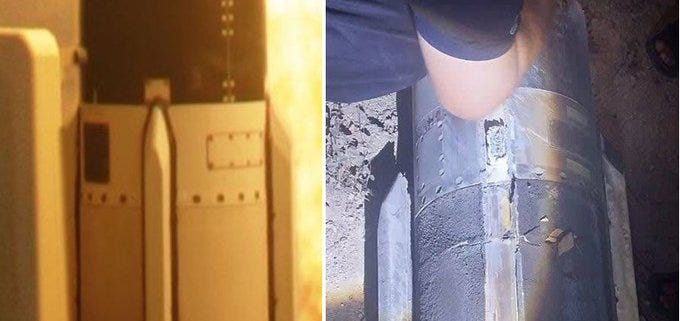
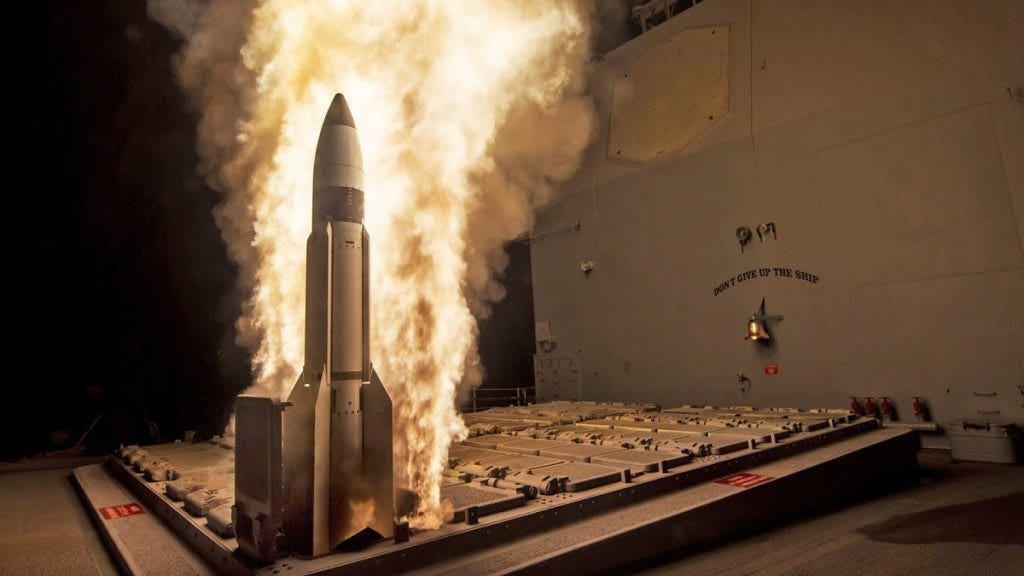
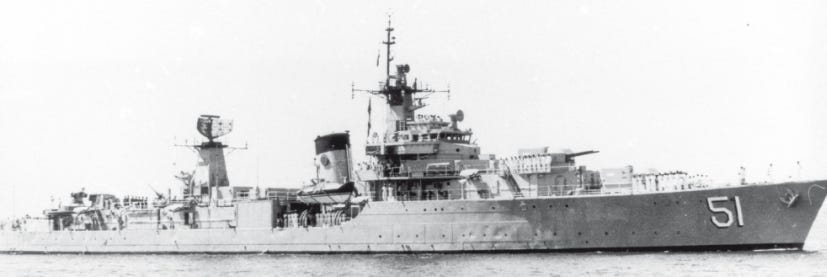

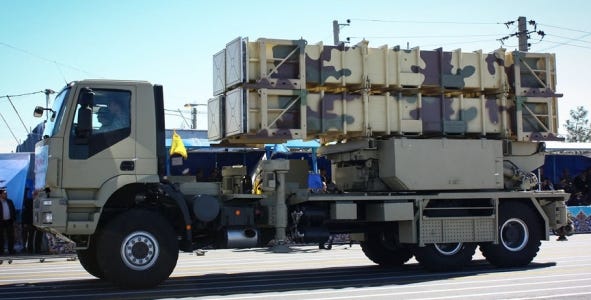
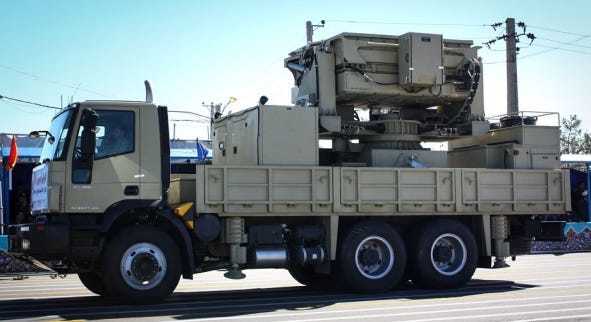


No your introduction in Iran Iraq war was just right. Excellent work as always. Thank you for the updates and keep us in the loop during another wretched war. Thank you very much Herr Sarcastausaur. Just a quick question - what is the story with the Iranian regime getting Su-35s from Pudding? Just Rumint rubbish or is there more and that would be going against the grain of defunding the IRAF?
It seems like missile tech is something that can lend itself to indigenous manufacturing as opposed to exports in a way that busts Western sanctions. (This conveniently fits into the ethos of self sufficiency jihad.) Not so, air superiority fighters.
I half-hope some of this stuff came to Iran from China originally by way of Israeli espionage. Oh what a tangled we weave..